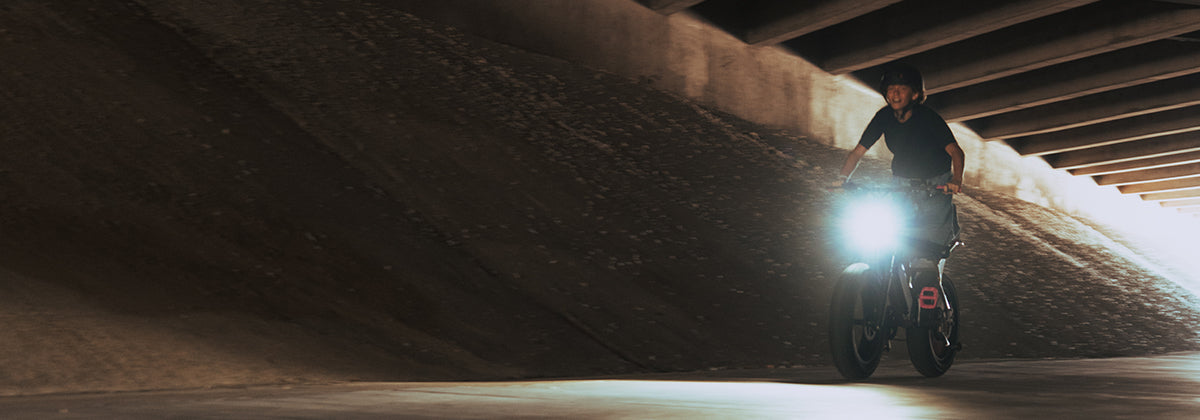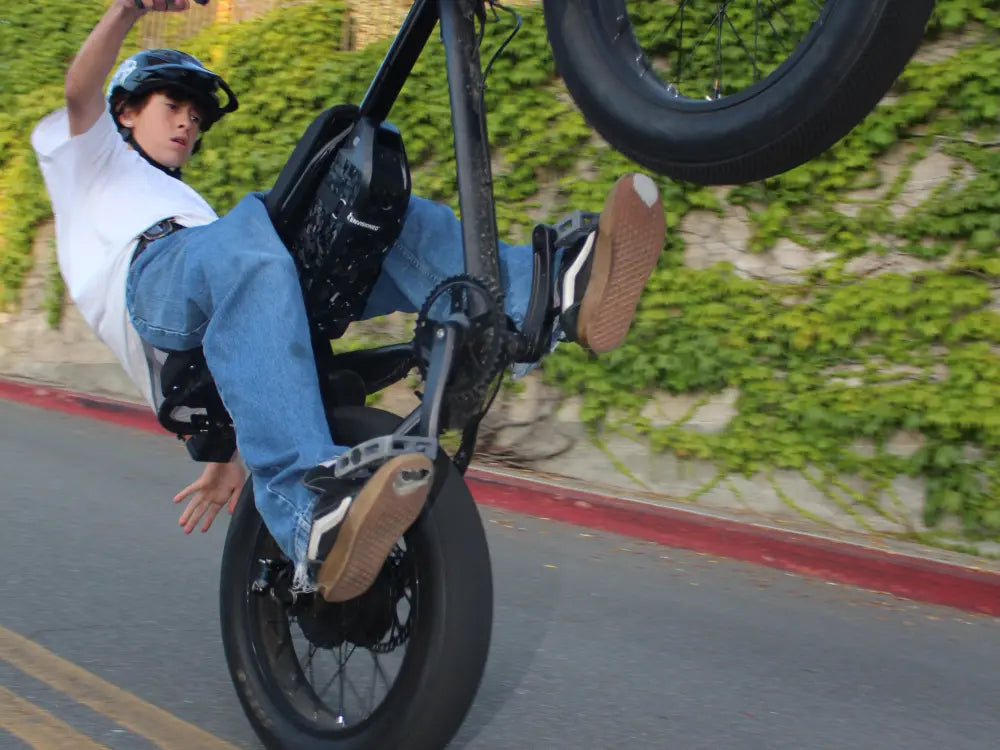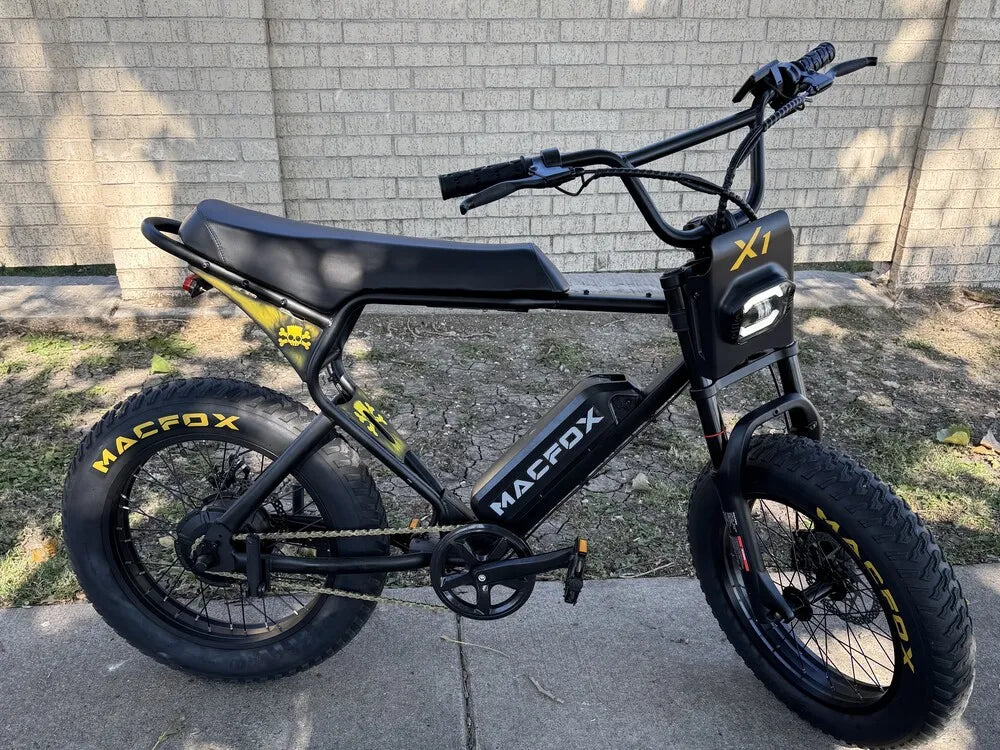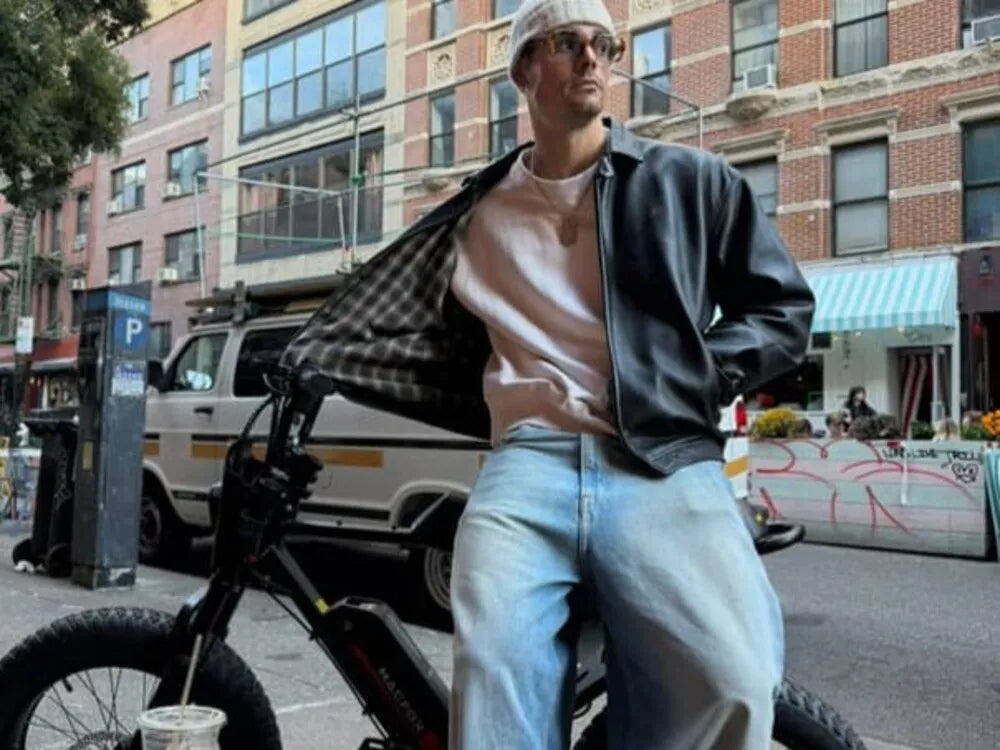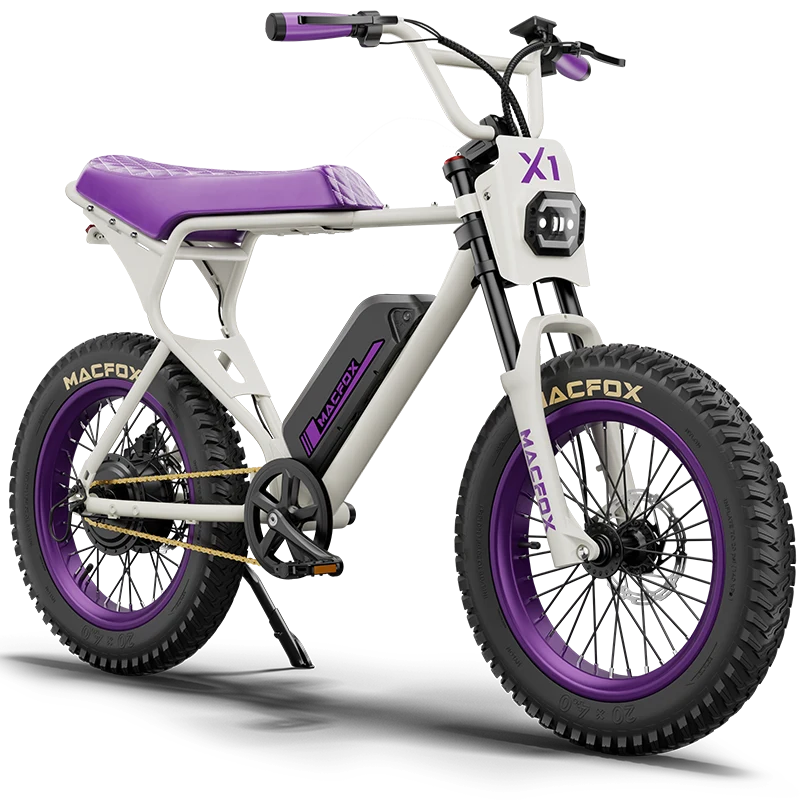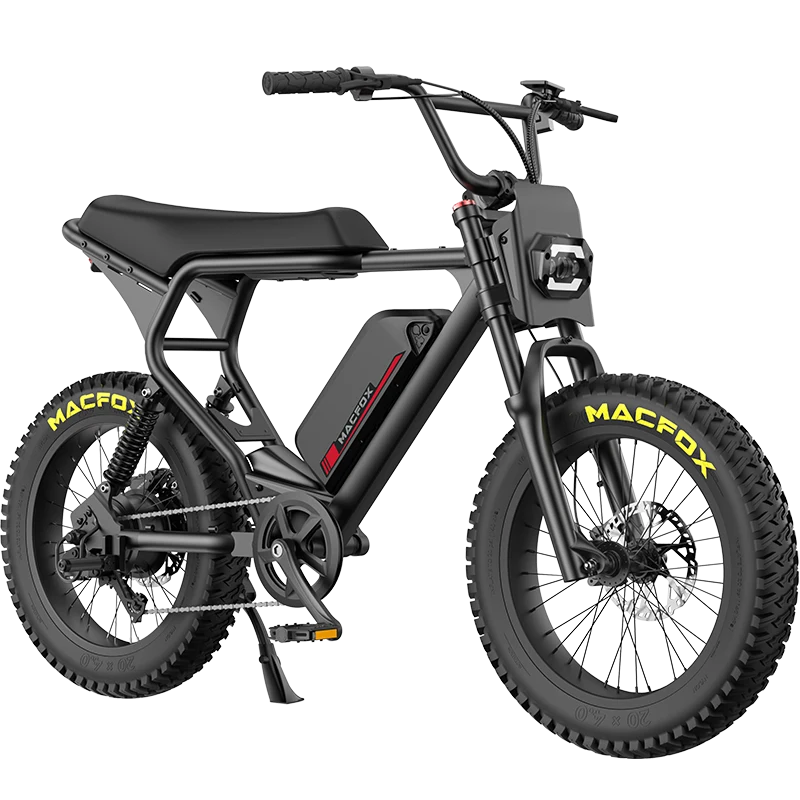In most U.S. states, electric bikes are allowed on bike trails—but with specific rules depending on the e-bike class and local regulations. Generally, Class 1 and Class 2 e-bikes (pedal-assist or throttle-up to 20 mph) are permitted on most multi-use paths, while Class 3 e-bikes (pedal-assist up to 28 mph) may be restricted to roads or designated paved routes. Always check local park or city ordinances before riding, since trail access laws vary by state and even by county.
If you’re new to e-bikes or planning to explore nature on your next ride, here’s what you need to know about where you can legally and safely ride your electric bicycle, and how to choose the right one for your adventure.

Understanding E-Bike Classes and Trail Access
| Class | How It Works | Top Speed | Typical Trail Access |
| Class 1 | Pedal assist only | 20 mph | ✅ Allowed on most paved & natural trails |
| Class 2 | Pedal assist + throttle | 20 mph | ✅ Usually allowed, may need local approval |
| Class 3 | Pedal assist only | 28 mph | ⚠️ Often limited to roads or bike lanes |
-
California and Colorado allow Class 1 & 2 e-bikes on multi-use paths unless otherwise posted.
-
Michigan and Oregon permit e-bikes on paved trails but restrict motorized access on wilderness or single-track paths.
-
New York allows Class 1 & 2 on greenways but not Class 3 models in most parks.
Trail Types and Where E-Bikes Are (and Aren’t) Welcome
| Trail Type | E-Bike Access | Notes |
| City & commuter trails | ✅ Yes | Class 1 & 2 widely allowed |
| State park paved trails | ✅ Yes / ⚠️ Limited | Depends on posted signs |
| National park bike routes | ✅ Limited | Only on designated motor-permitted roads |
| Wilderness & hiking trails | ❌ No | Motorized vehicles banned |
| Mountain biking single-track | ⚠️ Varies | Check local MTB associations |
| Private or community trails | ⚠️ Varies | HOA or owner discretion |
In short: paved and shared-use trails are almost always fine for an e-bike, while dirt single-tracks or protected wilderness paths often prohibit them.
Why Trail Regulations Exist

Trail restrictions aren’t about excluding technology—they’re about preserving balance between riders, hikers, and the environment.
Electric bikes can reach higher speeds and add motor torque, which, in tight or natural-surface trails, might cause:
-
Soil erosion or rutting on wet paths
-
Conflicts with pedestrians or wildlife
-
Higher maintenance needs for park systems
That’s why even e-bike-friendly states often specify which class of bike can go where. It’s not about limiting freedom—it’s about keeping everyone safe and the trails sustainable.
For most young riders, the takeaway is simple: ride respectfully, follow posted signs, and choose the right e-bike class for the right trail.
How to Choose the Right Electric Bike
Choosing an electric bike isn’t just about power—it’s about matching the terrain, rules, and your comfort.
Motor & Class
Opt for Class 1 or 2 e-bikes (20 mph max) to stay legal on most public trails. They offer plenty of speed for recreation without breaking access laws.
Range & Battery
Look for 40–70 mile range if you plan full-day rides. Trail exploration usually means varying elevations, so range capacity matters.
Tires & Suspension
Fat tires (4.0 in +) add grip on dirt or gravel. Front or full suspension helps handle roots and bumps.
Weight & Control
Lighter frames make technical paths easier, especially if you need to lift your bike over barriers or stairs.
Your e-bike should feel like an extension of your movement—smooth, balanced, and responsive to every pedal stroke.
Macfox E-Bikes
Macfox builds electric bikes that commuting demands—compliant, capable, and fun. Each model blends power with comfort so you can ride where it matters most.
Macfox M16 – Compact Confidence
Designed for younger or shorter riders, the Macfox M16 keeps things light and approachable. Its 16″ fat tires and front suspension provide strong grip and stability on paved and packed-dirt paths, while its 20 mph Class 2 performance keeps it within trail-legal limits. Perfect for family outings or campground rides.

Macfox X1S
The Macfox X1S suits riders who mix city commutes with weekend trail rides. With its 500 W motor, single-speed simplicity, and front suspension, it’s agile enough for park paths but powerful enough for gentle hills. It balances speed and compliance—ideal for young professionals exploring mixed-terrain routes.
Macfox X2
When trails get rugged, the Macfox X2 delivers. A 750 W motor (1000 W peak) and dual suspension give traction on gravel and forest routes while remaining within Class 3 performance limits when appropriately regulated. It’s built for riders who crave longer distances and off-road comfort—beyond the city, into the wild.
Together, these models show how e-bikes can be both commuting and rule-friendly—giving you power without limits and confidence within the law.
Final Thoughts
So, are electric bikes allowed on bike trails? ✅ Yes—just not everywhere, and not every class.
Stick to Class 1 & 2 models for most public trails, respect local signs, and ride courteously around others. E-bikes open up nature in a new way—offering adventure without pollution or noise.
Whether you’re gliding through a park, exploring forest roads, or commuting to class, your Macfox e-bike lets you do it all—legally, smoothly, and sustainably.

Macfox X1S – Everyday Trail Performer
$1,169.00 $1,299.00
500W motor, 48V battery, 25mph top speed, and comfort suspension—perfect for urban commutes and weekend trail rides.
Learn More*Prices are subject to the product detail page. Some earlier details may have been updated.


